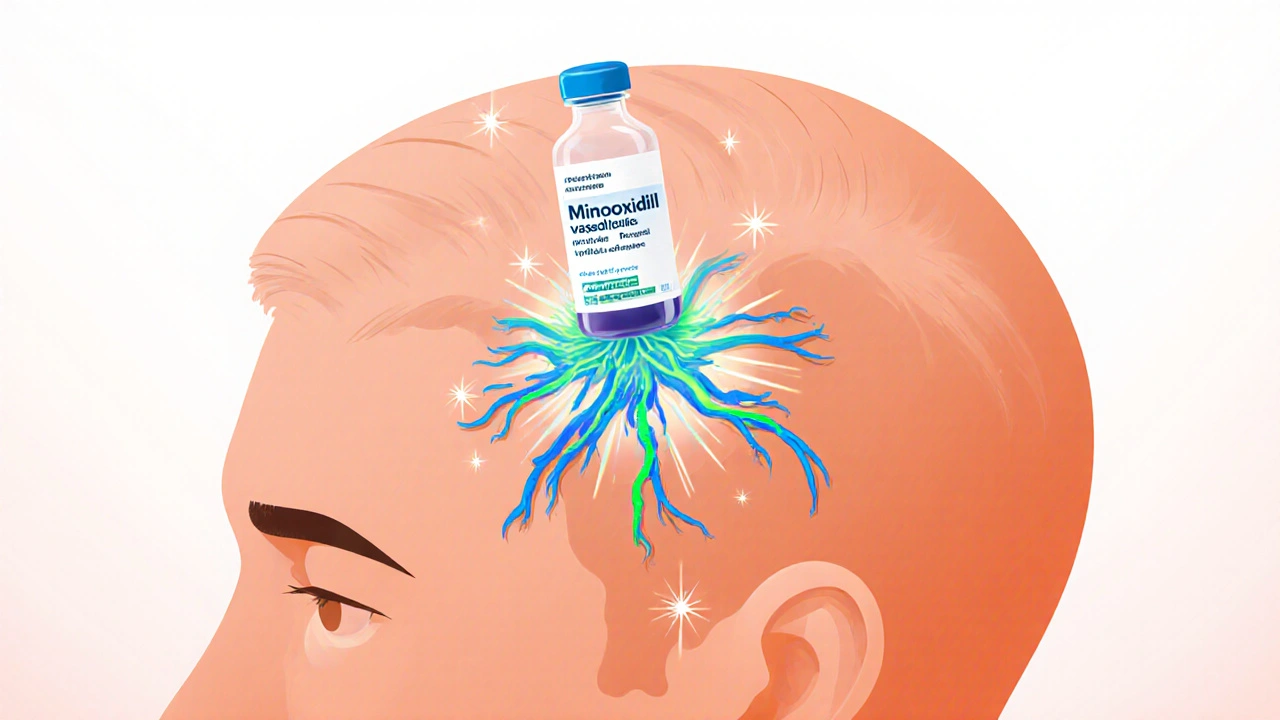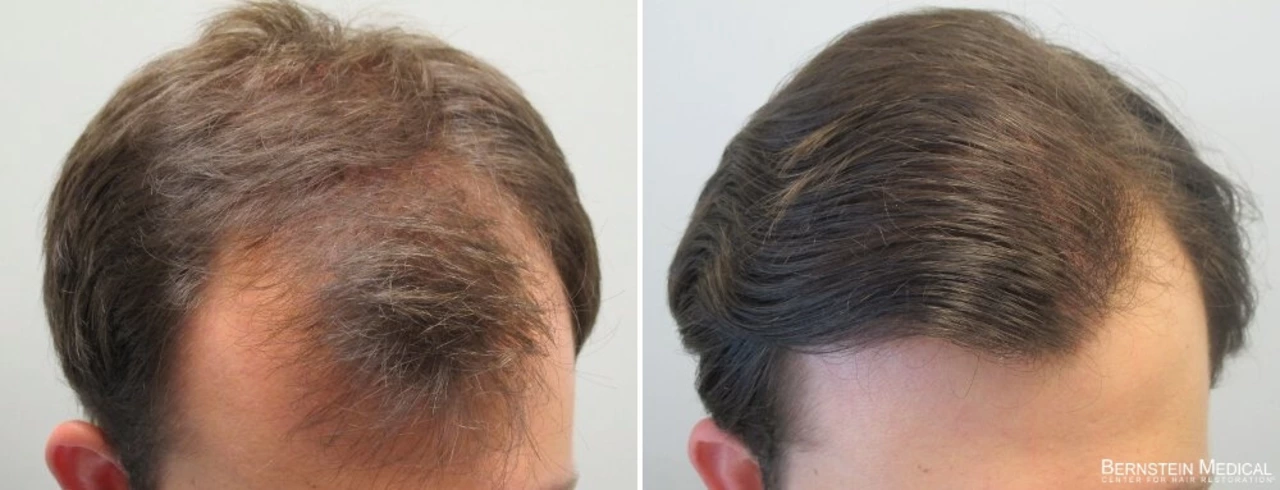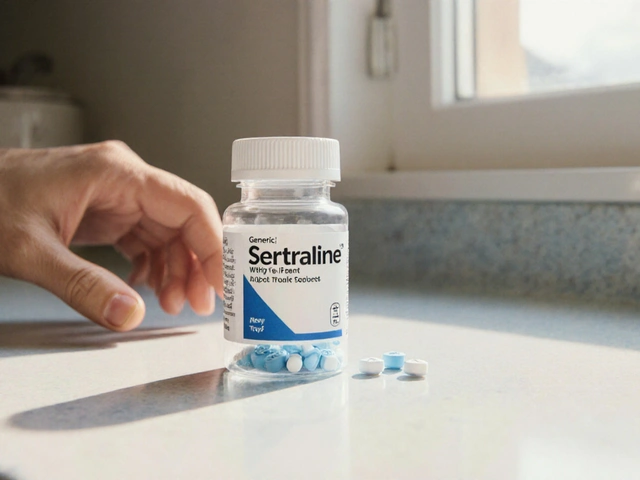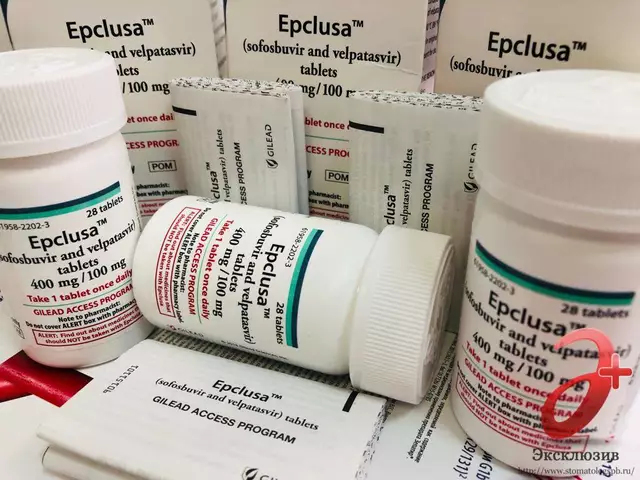Buy Cheap Generic Zoloft Online - Safe & Affordable Options
October 4 2025Minoxidil: How to Use It for Hair Loss
Minoxidil is a common over-the-counter treatment for pattern hair loss. It comes as a liquid or foam you apply to the scalp and sometimes as a low-dose oral pill prescribed by a doctor. The goal is simple: slow hair loss and promote regrowth by improving blood flow to hair follicles.
How it works matters. Minoxidil opens potassium channels in blood vessels, which lets more blood and nutrients reach the hair roots. That can wake up dormant follicles and lengthen the growth phase of hair. It won’t fix every type of hair loss—if your loss is due to scarring or a medical condition, it may not help.
How to use minoxidil
Use it on a dry scalp, usually twice a day for topical 5% solutions or once daily for some foam versions. Apply the recommended amount to the thinning area and rub it in gently. Wash your hands after. Don’t shampoo immediately—let it dry so it can absorb. Be consistent: skipping days makes results less likely.
Expectations are realistic. Most people need at least three to six months to see changes, and full effects can take up to a year. It’s common to notice increased shedding at first; that’s old hairs making way for new growth. If you stop using minoxidil, any gains will usually fall out within a few months.
Side effects and safety
Mild scalp irritation, itching, or flaking are the most common side effects. If you get unwanted facial hair, reduce contact with surrounding skin and talk to your doctor. Oral minoxidil has stronger effects and can cause low blood pressure, rapid heartbeat, or swelling. That form should only be used under medical supervision with proper monitoring.
Before starting, check for interactions and conditions that matter: heart disease, low blood pressure, or pregnancy. Minoxidil is generally not recommended for pregnant or breastfeeding women. If you have concerns, ask your doctor or pharmacist.
Combine minoxidil with other proven treatments like finasteride for better results in men. For women, combining with certain topical treatments or PRP might help. Always discuss combinations with a clinician to avoid unexpected risks.
Buying tips: use reputable pharmacies, check product labels, and avoid suspiciously cheap or unlabeled solutions. Follow storage instructions—keep it cool and away from sunlight. Track progress with photos every month to see changes clearly.
Where minoxidil works best: it usually helps the crown (vertex) more than the front hairline. People under 40 with recent thinning often see better results. Don’t apply to irritated or broken skin. If you use styling products, let minoxidil dry first. If you have heart conditions or take blood pressure meds, tell your doctor—topical absorption is low but can matter. Keep realistic goals and track progress monthly. Use photos to compare.
Minoxidil is a practical, widely used option that works for many people when used correctly and consistently. If you’re unsure whether it’s right for you, a quick chat with a healthcare pro can point you in the right direction.
 21 Oct
21 Oct
Minoxidil, Finasteride, and Diet: How Nutrition Impacts Hair Growth
Learn how Minoxidil, Finasteride, and diet work together to boost hair growth. Practical nutrition tips, meal plans, and monitoring help you get the most from your treatment.
Read More... 1 Jun
1 Jun
The Science Behind Minoxidilfinasteride: How It Works to Combat Hair Loss
As a blogger, I've recently been researching the science behind Minoxidilfinasteride and how it works to combat hair loss. From what I've gathered, Minoxidilfinasteride is a combination of two FDA-approved medications, Minoxidil and Finasteride, which work together to help regrow hair. Minoxidil works by increasing blood flow to the hair follicles, promoting growth, while Finasteride blocks the hormone DHT, which is responsible for hair loss. This powerful duo has been proven to be more effective than using either medication alone. I'm excited to share this information with my readers and help them better understand how Minoxidilfinasteride can be a game-changer in the battle against hair loss.
Read More...



